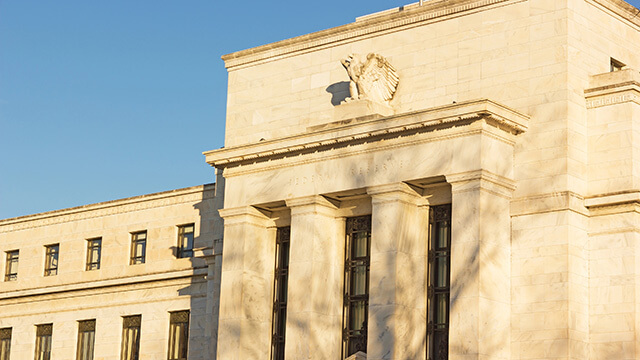
 648
648
Fed Expected to Stick with Rates, Hint at Hawkish Future Amid Economic Uncertainty
Market observers anticipate that the Federal Reserve will maintain its current interest rates during today’s meeting. Despite recent economic data indicating softer trends in inflation, analysts expect the Fed’s projections and dot plot to lean toward a more hawkish stance. According to insights from ABN AMRO, the hard data released from Fed projections is expected to provide a clearer indication of the trajectory for interest rates than the softer commentary that may emerge from Chairman Powell’s upcoming press conference.
While the Fed is set to keep rates unchanged, the messaging during the press conference is likely to mirror that from previous statements. The Federal Reserve is expected to emphasize its cautious approach, highlighting the complexities surrounding trade policies and regulations from the prior administration. This suggests that the Fed will adopt a wait-and-see attitude, prioritizing a more measured response to the current economic uncertainty. Analysts believe that the Fed will maintain its stance that hard data, rather than verbal guidance, holds greater significance in informing monetary policy decisions.
In recent months, inflation figures have shown a tendency to surprise on the downside, while the labor market remains resilient. Initially, non-farm payroll figures fell short of higher expectations, but they have recently slightly exceeded more conservative estimates. Despite a steady unemployment rate of 4.2%, some non-rounded figures indicate a gradual uptick. Although this scenario may imply a potential for a dovish shift in Fed policy, expectations point in the opposite direction.
Historically, the previous dot plot and economic forecasts were based on a different economic landscape. Recent developments, particularly those related to tariffs, have outstripped earlier projections. Consequently, analysts expect the forthcoming updates to reflect increased inflation forecasts, a rise in unemployment projections, and a dip in growth compared to estimates made earlier in the year. This shift toward a more hawkish outlook underscores the Fed’s evolving response to underlying economic pressures.














